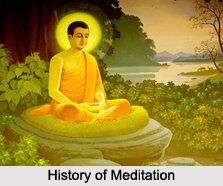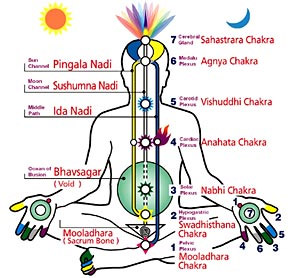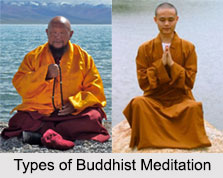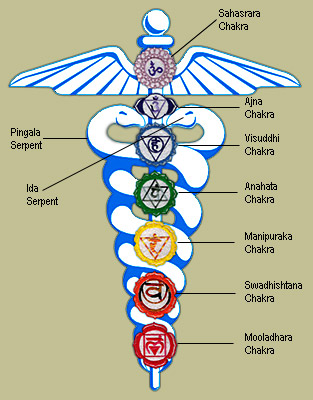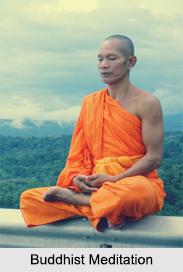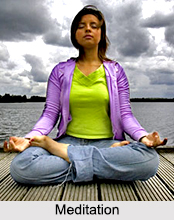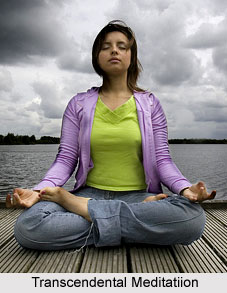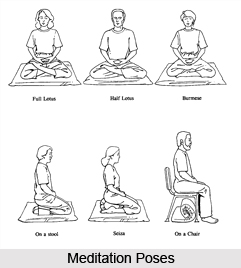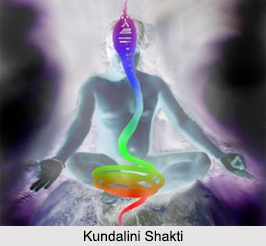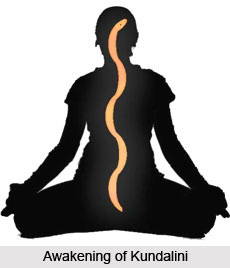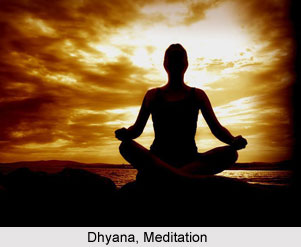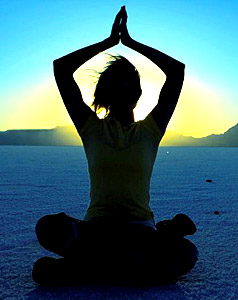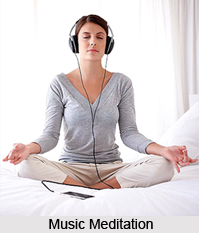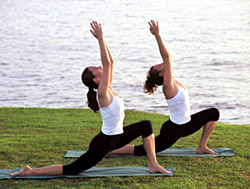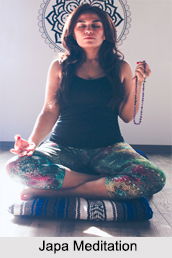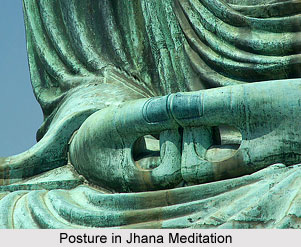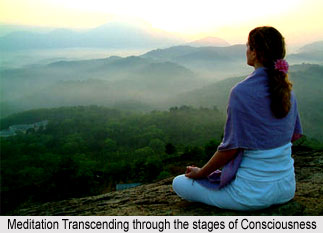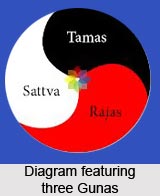 Steps of self hypnosis focus on a heightened state of concentration which helps in gaining control over self by changing the thinking and getting rid of bad habits. Self hypnosis also helps in relaxing and kicking off the stress from everyday life. Being a naturally occurring state of mind, the process is quite similar to meditation.
Steps of self hypnosis focus on a heightened state of concentration which helps in gaining control over self by changing the thinking and getting rid of bad habits. Self hypnosis also helps in relaxing and kicking off the stress from everyday life. Being a naturally occurring state of mind, the process is quite similar to meditation.
Preparation for Self Hypnosis
Before starting the process of self hypnosis, the practitioner must prepare himself by following a few simple steps.
•Comfortable Clothing: For entering into a kind of deep relaxed state one should get rid of the tight clothes cutting off the proper blood circulation. Thus comfortable clothing is the prime requisite of self hypnosis. The temperature should also be warm and comforting.
•Comfortable Position: The practitioner must position himself in a quite room over a comfortable chair, bed or couch. Lying down is also preferable for some people. However in any position one must ensure not to cross the legs or any other part of the body.
•Absence of Distractions: For practicing proper self hypnosis, one must also ensure the complete absence of disturbances or distractions. The process is effective when the time is given entirely to self which can be attained by locking the doors and turning off the cell phones. The amount of time dedicated to self hypnosis depends on the individual and usually varies from 15 to 20 minutes including the total time to get in and out of it.
•Self Hypnosis Goals: Self hypnosis encompasses a number of goals such as self-improvement, relaxing, training the brain, adapting a specific habit and a number of other life enhancing things. The goal for self hypnosis must be set first and often statements are chosen for reciting which are effective in achieving the goal.
Entering Self Hypnosis
After being fully prepared for performing self hypnosis, the next step is to enter the state of self hypnosis which also includes a few steps.
•Focusing: To enter self hypnosis one must close his eyes and eradicate any feelings of anxiety, stress or fear from the mind. The process is however a little difficult initially as varied thoughts keep intruding. In such cases it is advisable to observe these thoughts impartially and gradually let them fade off. An alternate way is to choose a point on the wall and concentrate on it. While focusing, one has to convince himself that his eyelids are getting heavier. Consequently they close by being unable to remain open anymore.
•Tension Recognition: The next step is recognizing the tension in the body. The practitioner must imagine the gradual falling away and vanishing of the tension from the body. It must be imagined as if it is leaving each part of the body starting with the toes. In this way the body can be visualized becoming lighter and tension free.
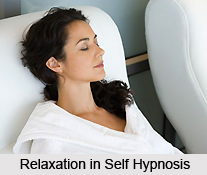
•Slow and Deep Breaths: In the subsequent step, slow and deep breaths need to be taken. While exhaling, the negativity can be felt leaving in the form of a dark cloud whereas on inhaling the air is felt to return as a bright force full of energy and life.
•Relaxation: The relaxed state achieved through the above procedures must be appreciated and through various imaginations one can drift more into a state of deep relaxation.
•Floating Sensation: After reaching the state of deep relaxation the practitioner feels a floating or spinning sensation. Once this state is reached one must focus on the problems and decide upon the desires regarding their rectification. At this stage the practitioner has to narrate his imaginations with positive and motivating thoughts. Statements with negative connotation should be avoided.
•Repeating the Statements: The statements should be repeated many times accompanied with soothing and motivating imaginations of acquiring self confidence of getting relieved from tensions.
•Exiting Self Hypnosis: In this step, the practitioner has to let go of his imaginations and gradually withdraw himself from his imaginations, step by step. However, the statements must be repeated continuously during this stage too.
•Waking Up: After exiting from the state of self hypnosis, one should take a few moments before opening the eyes. Before viewing the outer world a brief pause should be followed. A countdown may help in this process. To bring back the mind to fully conscious state and reality, some statements can also be used.
Enhancing Self Hypnosis Experience
Following just the steps of self hypnosis is not sufficient for attaining positive results. The practitioner must also believe in his endeavour and success for enhancing the experience of self hypnosis.
•Believing in Self Hypnosis: Self hypnosis is effective in real life only if the practitioners actually mean it and believe in themselves and their actions. Initially the process may not seem effective, however its benefits can be felt gradually. Scepticisms can be a hindrance in achieving success and one needs to believe that the process really works.
•Physical Testing: One can also have physical tests to get assured of being in trance or in the state of self hypnosis. Trying to act against the imaginations can be great proof to it like trying to lift the hand while imagining it getting heavier and so on.
•Visual Situations: To enhance the efficacy of self hypnosis, one must be positive and confident about its results. He must visualise situations which prove that he is actually moving towards the goal.
•Assistance for Self Hypnosis: Outside things may also help in achieving self hypnosis such as music, hypnosis tracks and specific scenes that facilitates the phenomenon of entering self hypnosis. A timer with a soothing sound can also be helpful to get out of it.
•Self Improvement: Before practicing self hypnosis, it is very important to set a goal and focus on it. During the relaxed state one must completely concentrate on it. The benefits of self hypnosis are many and help an individual to emerge as a better and positive person. The more it is practiced, the more naturally the goals can be achieved.

